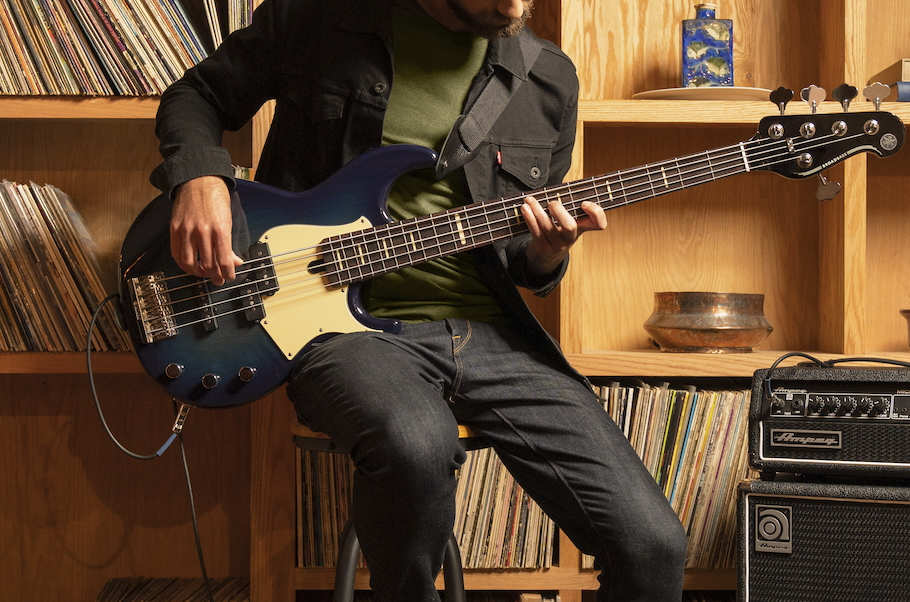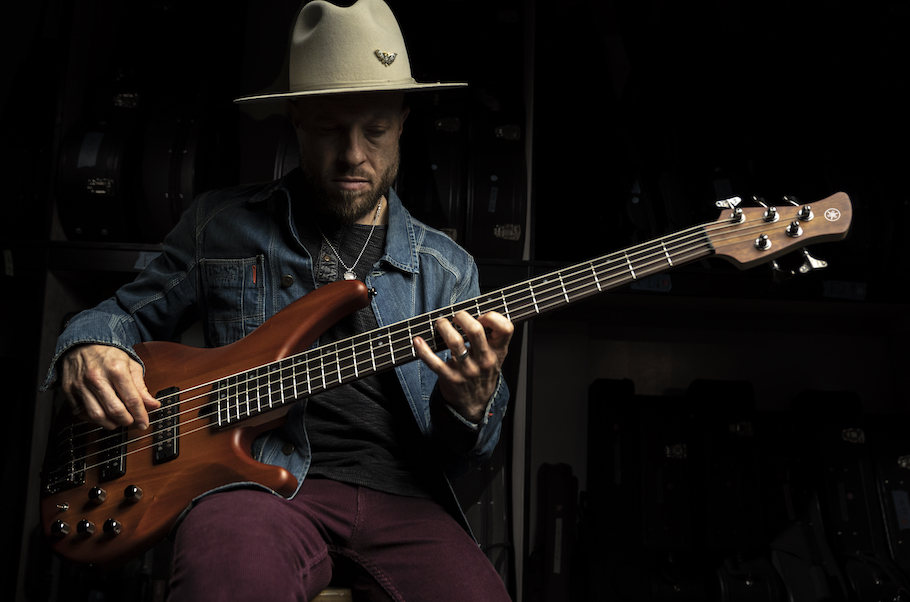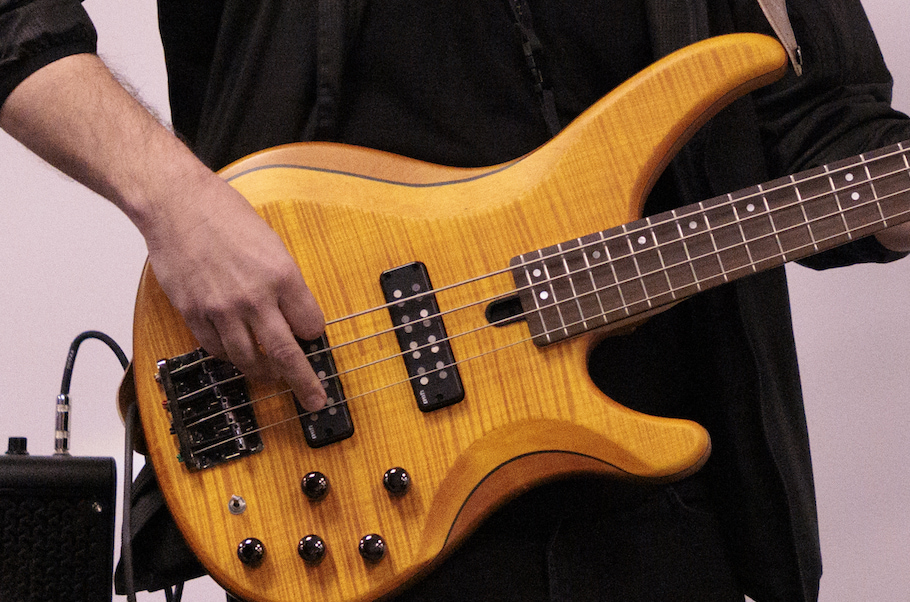How to Play Bass Guitar On (Or Around) The Beat
Learn to be best friends with drummers, click tracks and metronomes.
For musicians, “time” isn’t just something that happens on a clock, and “feel” is more than an emotion. A player with “good time” has a solid grasp on the pulse of whatever music they play; understanding a song’s “feel” includes a deep understanding of its style. Having good time and having a good feel are two separate skill sets, and both are crucial.
TEMPO & GROOVE
When we talk about time, we’re referring to tempo, usually expressed in bpm, short for “beats per minute.” Having good time means not speeding up (“pushing time”) or slowing down (“dropping time”) in relation to the rest of the band, especially the drummer. For a bass player, being “in the pocket” is one of the highest achievements, as demonstrated by iconic bassist Nathan East in this video.
The word “groove” encompasses many ideas, but in this context, it describes the feel of the music, which is related to the style (punk, funk, classical, reggae, metal, etc.) and the meter (3/4, 4/4, 5/8, 12/8, etc.). Practicing with a metronome and studying recordings are surefire ways to refine your relationship to feel, groove, tempo and click tracks. No matter what style you’re playing, it’s important to stay in time — and to adjust when necessary.
FLEXIBLE TIME
The great Abraham Laboriel Sr., who has used Yamaha basses on many of his 4,000-plus studio recordings, recommends that musicians learn how to place time in relationship to the click. Most of us learn to play right on the click, which is also known as “center time.” Being able to play so consistently that you “bury the click” is a skill that comes in handy while recording or playing onstage to a click in your in-ear monitor. But Laboriel also urges students to practice playing behind the beat (not unusual in pop music, especially in R&B and soul, and sometimes exaggerated in reggae), as well as ahead of the beat, which is common in rock and metal. In instances where he’s had to play to a pre-recorded track with subtle tempo shifts, Laboriel shows how it’s possible to smoothly shift between the three approaches.
Here are some examples of playing on the beat, behind the beat and ahead of the beat, all demonstrated on a Yamaha BB435.
To start, here’s a bass line that’s played right on the beat, in center time:
In contrast, here it is played behind the click:
And here’s the same part, this time pulling ahead of the click:
As Laboriel notes in an instructional video for MyMusicMasterclass, a drummer can make your part feel different just by the way they play. “[Many] human beings feel music naturally on the click, behind the click, or ahead of the click,” he says. “When you’re playing with different musicians, you have to know where they’re placing things, and how to adapt and join them so that your sound is in agreement.”
Here’s an example of how the same bass line sounds with two different drummers, hard-hitting Sheila and laid-back Sean. If I play ahead of the beat with Sean, the bass part sounds rushed:
But when I take the same approach with Sheila, the results are much better; in fact, the bass line sits right in the pocket:
Similarly, if I play behind the beat with Sheila, things get a bit uncomfortable — the bass line can’t keep up with her:
But when I lay back with Sean, things are much groovier. (The rhythm section that chills together, stays together!)
Developing the ability to play in center time (i.e., right on the beat) will carry you through most gigs. Here’s the bass line right on the beat with Sheila …
… and here it is with Sean:
THAT ORGANIC FEELING
Before digital recording became popular in the 1990s, it was quite normal for a song to change tempos organically. Put a metronome on while playing a classic like the Police’s “So Lonely,” and you’ll notice that it starts at 78 bpm and ends closer to 83 bpm. (Check out this fascinating set of graphs that show tempo changes in a number of well-known songs.)
On stage, the drummer is the main timekeeper, and generally, the band moves with the drummer’s time, which could vary from song to song and show to show. But the emergence of drum machines in the ’80s and ’90s contributed to expectations for a stricter sense of time, and engineers found that a very steady drum part anchors a performance and makes it easier to move other parts around. Genres such as hip-hop, which introduced drum machines to wider audiences, influenced drummers’ approaches and made it desirable to play with only the slightest tempo variation.
Today, many drummers play to a click track, which keeps everything — including playback tracks and MIDI events — strictly in time. Strive to be on the same page as your drummer, but keep your ears open to the juicy friction that can result from having slightly different relationships to time. And whether your band is bound together by a click track or not, being limber about time is a skill worth cultivating. As Abraham Laboriel says, “Knowing how to adapt will make you a happier and more flexible musician.”















